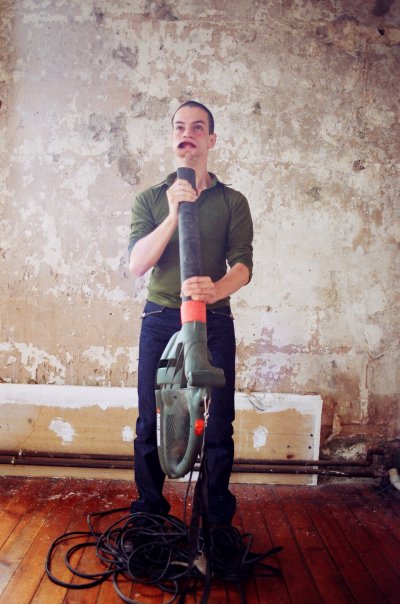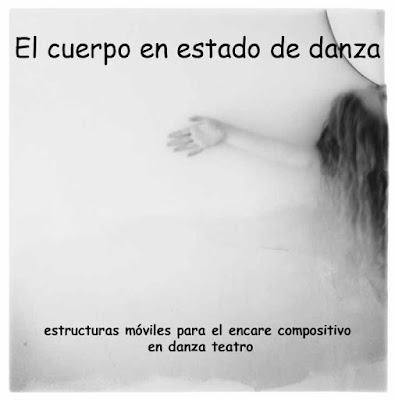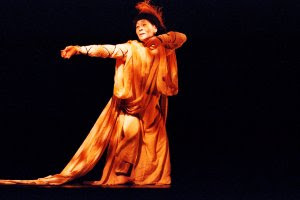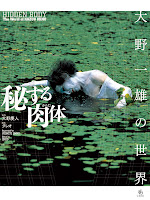Computer games as a new form of art and entertainment are now firmly established worldwide. Interdisciplinary collaboration between scriptwriters, animators, composers and designers is essential to the creation of new game worlds. The Fantoche International Animation Film Festival, the Swiss Arts Council Pro Helvetia, the Federal Office of Culture and the SUISA Foundation for Music initiated their «Call for Projects: Swiss Games» with the aim of promoting the creation of Swiss computer games of a high artistic standard. Grants will be provided as an incentive to up-and-coming Swiss game developers to produce daring innovative game concepts, to narrate interactive stories and to open the door to new visual worlds.
A credit line of CHF 300,000 has been opened in 2011 for the first round of grants. There will be a maximum grant of CHF 50,000 per project. The adjudication will be performed by an international jury chaired by Guillaume de Fondaumière, who has produced games such as «Fahrenheit» and «Heavy Rain» at French video game developer Quantic Dream. The selected entries will be presented at the Fantoche International Animation Film Festival in Baden in September 2011. Additionally, the SUISA Foundation for Music will award a prize of CHF 15,000 for the best original sound composition.
The jury’s criteria
The «Call for Projects: Swiss Games» is open only to developers in or from Switzerland. A playable prototype must be submitted no later than March 2011. Entries will be judged according to the following criteria: gameplay (the mechanics of the game), scenario (storytelling), visuals (aesthetics), music and sound design, technical innovation and interactivity. Overall impression and the interplay of the various components will also be taken into account.
Further information on how to apply will be provided on the Fantoche website as of 15 November 2010: www.fantoche.ch
Further details of Pro Helvetia’s two-year programme «GameCulture – From Game to Art», which is launched at the same time as the «Call for Projects: Swiss Games», are provided at:www.gameculture.ch





